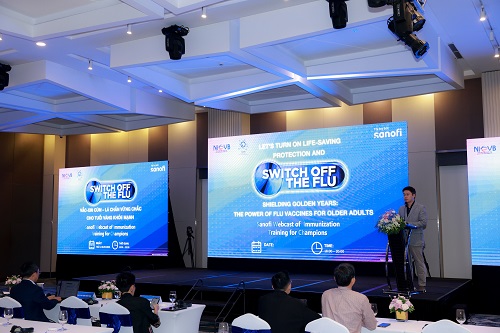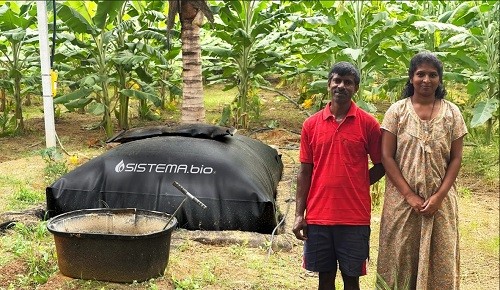Union Health Secretary and Member NITI Aayog chair High Level meet to review the COVID19

Union Health Secretary and Member NITI Aayog chair High Level meet to review the COVID19 Status and Public Health Measures taken by Punjab and Chandigarh
State/UT advised to efficiently implement “Test, Track, Treat, Vaccinate” Strategy
Increased testing, effective contact tracing, strict containment, intensification of vaccination drive, and enforcement of physical distancing measures to be the pivot of this Strategy
Shri Rajesh Bhushan, Union Health Secretary chaired a high-level meeting today along with Dr. V. K. Paul, Member (Health), NITI Aayog to review the status of COVID19 in Punjab and Chandigarh and the public health measures taken for surveillance, containment and management of COVID19 by the health authorities. Principal Secretary (Health), Mission Director (NHM), State Surveillance Officer of Punjab and Chandigarh and all District Collectors/District Magistrates/Municipal Commissioners of districts in Punjab participated in the review meeting. Dr Balram Bhargava, DG ICMR and Dr (Prof) Sunil Kumar, DGHS, MoHFW were also present.
Punjab has reported nearly 21% week-on-week increase in new COVID cases and about 2,740 average daily cases in the last seven days. During the same time period, the State has also seen a 30% week-on-week increase in new COVID deaths and is reporting about 53 average daily deaths.
Chandigarh has also followed similar pattern in the last week. The UT has reported nearly 27% week-on-week increase in new cases and 180% week-on-week increase in new daily deaths. An average of about 257 daily cases and 14 daily deaths have been reported during the last week.
Through a detailed presentation, a granular analysis of the highly affected districts in Punjab and the UT of Chandigarh along with some key statistics was presented. Dr Paul re-emphasised the importance of stringent and continued measures to break the chain of transmission and not frittering away the gains of collaborative efforts of last year. Increased testing with focus on RT-PCR tests, effective contact tracing with at least 25 to 30 close contacts of each positive case, strict implementation of containment zones, intensification of vaccination drive, and enforcement of physical distancing measures were highlighted as the pivot of effective management strategy. It was also re-emphasised to strengthen public and private hospital infrastructure and reenergise the healthcare workers for removal of any complacency and fatigue.
Three fronts for tackling the recent surge were highlighted by the Union Health Secretary.
On the front of testing, the State and UT were asked to-
- Effectively implement the “Test, Track and Treat” strategy; to escalate testing till the positivity comes down below 5%.
- Significantly increase testing in all districts with a minimum of 70% RT-PCR tests and use of Rapid Antigen Tests as screening tests in densely populated areas as well as areas where cluster of cases are reported.
- Mandatorily subject those who have tested negative in Rapid Antigen Test (RAT) to RT-PCR test.
Regarding the vaccination, the State/ UT were advised to ensure-
- Priority vaccination of the eligible population groups in districts reporting higher cases. Transfer unused vaccine doses from one district to another for optimum utilization of available vaccine doses.
- No sedimentation of vaccine to take place at any level of cold chain storage.
- Maximum utilisation of vaccination capacity in the public and private sector health facilities.
- There is no shortages of vaccination at the State/UT level. The Centre is regularly reviewing vaccine stock, and vaccine doses will be continually replenished by the Centre based on the consumption level of the States/UTs.
Regarding surveillance and containment, Punjab and Chandigarh were also advised the following:
- All district officers and the local administration to refocus on effective house-to-house surveillance to identify active cases with focus on timely testing, prompt contact tracing and swift isolation so as to break the chain of transmission.
- Identify clusters, focus stringent implementation of micro-containment zone approach.
The Principal Secretaries (Health) of Punjab and Chandigarh along with DCs of the highly affected districts such as Amritsar, Ludhiana, SBS Nagar, and Jalandhar shared their feedback on the activities being undertaken in the districts to break the chain of transmission; preparation of hospital infrastructure; clinical treatment protocols in hospitals to reduce mortality; and awareness campaigns in the State/UT.
****
Also See:






